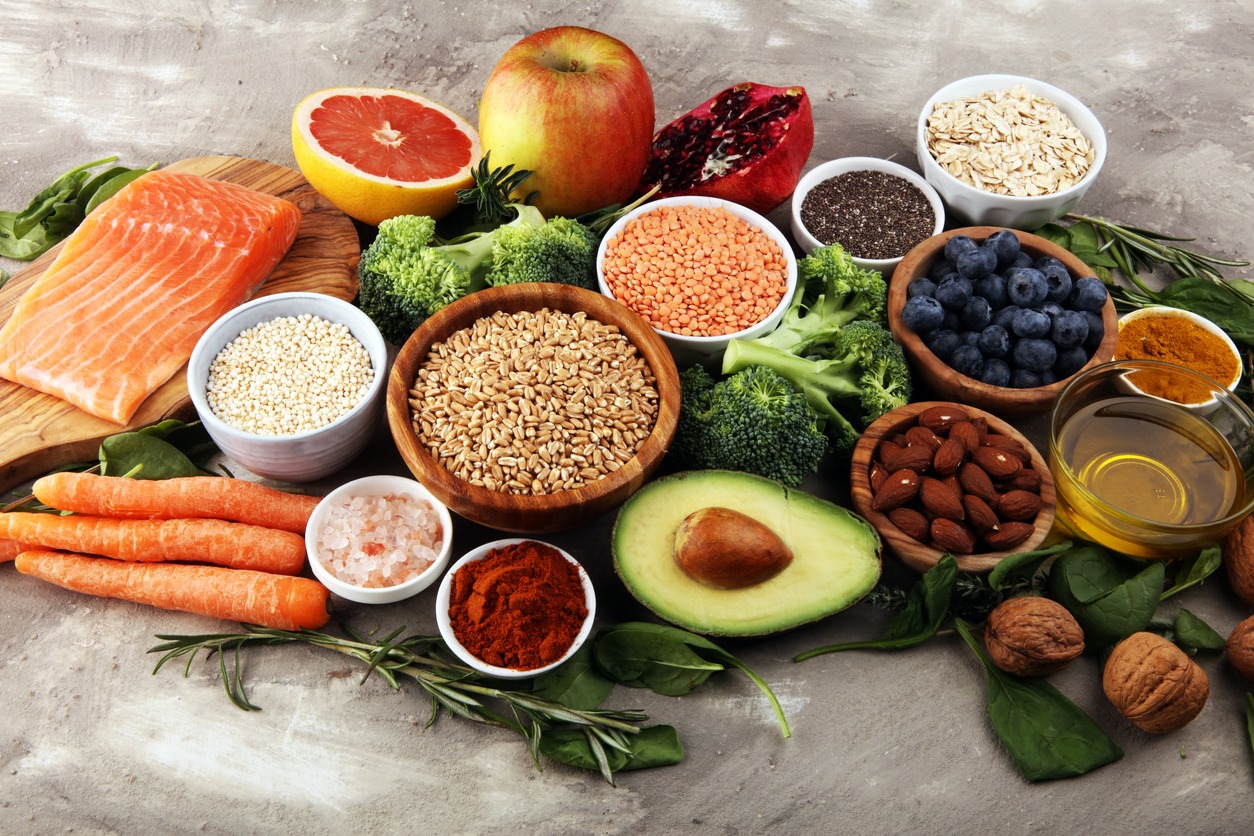At a very young age, we were taught that vegetables are important parts of a healthy lifestyle and a healthy diet. They are good sources of nutrients that our body needs to maintain good health and well-being. Aside from the fact that they are a huge help in one’s weight loss, they also reduce the risk of acquiring different diseases.
One great example of vegetables is our leafy vegetables. Leafy vegetables also known as “leafy greens” are plant leaves that are eaten. They contain a high level of vitamins, minerals, and fiber, and they are also low in calories. These are what people who are on a strict diet, like actors, actresses, and models, usually eat.
Here are 7 best examples of Leafy Greens
Kale
Kale is considered as one of the most nutritious leafy greens in the world. Kale is a dark, leafy green that belongs to the cruciferous group. It is rich in vitamins A, C, and K, and it also contains calcium, fiber, and antioxidants such as beta-carotene and lutein which help the body remove unwanted toxins. Nutrients that kale provides can help in lowering your cholesterol level, can help prevent cancer, and can help in your weight loss. It is said that kale is best consumed when it’s raw because cooking can reduce its nutritional composition.
Arugula
Arugula which also comes from the cruciferous group, is a leafy green that has a slightly peppery flavor, often used in salads. It is a good source of potassium which helps in lowering blood pressure. This leafy green also contains vitamins A, B9, and K. Arugula is also known to contain high levels of nitrate that can help in working your muscles more effectively during exercises and can enhance your athletic performance.
Microgreens
Microgreens are the living embodiment of the idiomatic expression “small but terrible”. Microgreens are underdeveloped greens that measure approximately 1-3 inches tall and are produced from the seeds of vegetables. Despite their small size, studies show that they produced much more nutrients compared to those of the matured plants. Microgreens have an intense flavor and full of nutrients like vitamins C and E. Thanks to the nutrients that Microgreens carry, they can help in reducing the risk of heart disease, diabetes, and cancer.
Spinach
Spinach is a dark, leafy green that contains a lot of nutrients that are good for our skin, hair, and bone health. It provides our bodies with vitamins A, C, and K, protein, and also iron. Spinach is also rich in folate which is important in red blood cell production and is also needed for proper cell division. This vegetable is known to help in preventing asthma and cancer, helps in diabetes management, can help in lowering blood pressure, and is ideal for bone health.
Broccoli
Broccoli is a leafy green that is often described as a small tree. Like Kale and Arugula, Broccoli also belongs to the cruciferous group. This leafy green is rich in fiber, minerals, and antioxidants, and is also a good source of vitamin A. Eating broccoli is helpful to our bowel movement. Studies show that people eating broccoli excrete feces easier than those people who don’t.
Cabbage
Cabbage comes in different colors, including red, white, purple, and green. Despite the variation of cabbages, all of them contain vitamin B6, which is important for our nervous system, vitamin C, which contains cancer-protective compounds, and vitamin K, which has an essential part in blood clotting. Like any other leafy greens, cabbage also helps in reducing the risk of cancer. It can maintain our heart health and can also be a good aid to digestion.
Collard Green
Collard green is a loose-leafed green that has a thick and rough texture. This leafy green is from the brassica oleracea family. It has a somewhat mild bitter taste but it contains many nutrients that are good for our bodies. Collard green is rich in calcium, vitamins A, and C. It is also a good source of Vitamin K, which helps in blood clotting and in improving bone health. Collard green also contains a higher amount of fiber which helps in reducing the risk of heart disease.
How important are our Leafy Greens in our everyday meal?
Green leafy vegetables are certainly important in our everyday meal. Consuming enough leafy greens not just only provide us with the vitamins and minerals that our body needs, but it can also help us reduce the risk of acquiring diseases like heart ailment and cancer.
As early as possible, we should train ourselves to eat leafy greens and incorporate them into our everyday meals. Sooner or later, you will realize how they helped you achieve a healthier life and you will be eternally grateful for these green leafy blessings.
